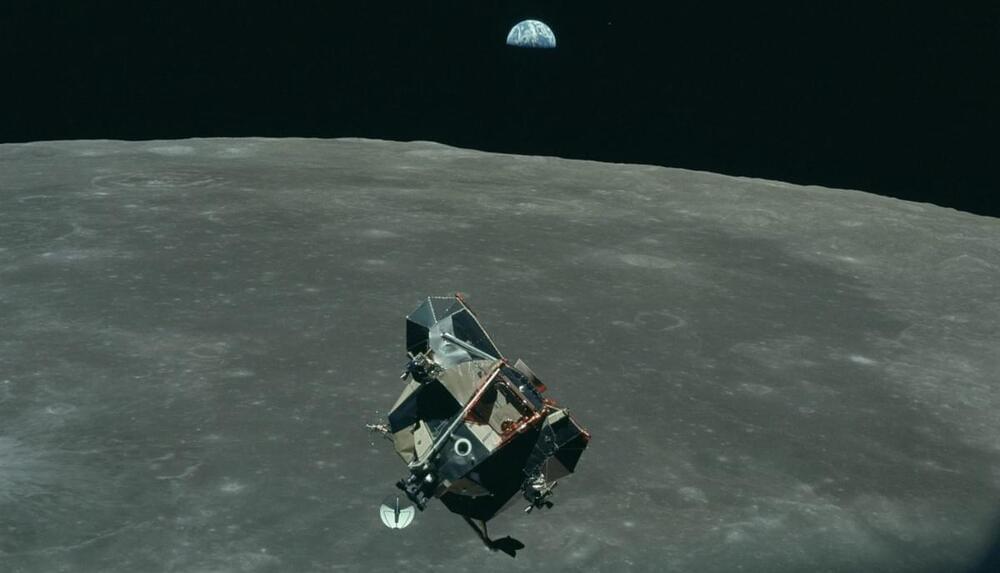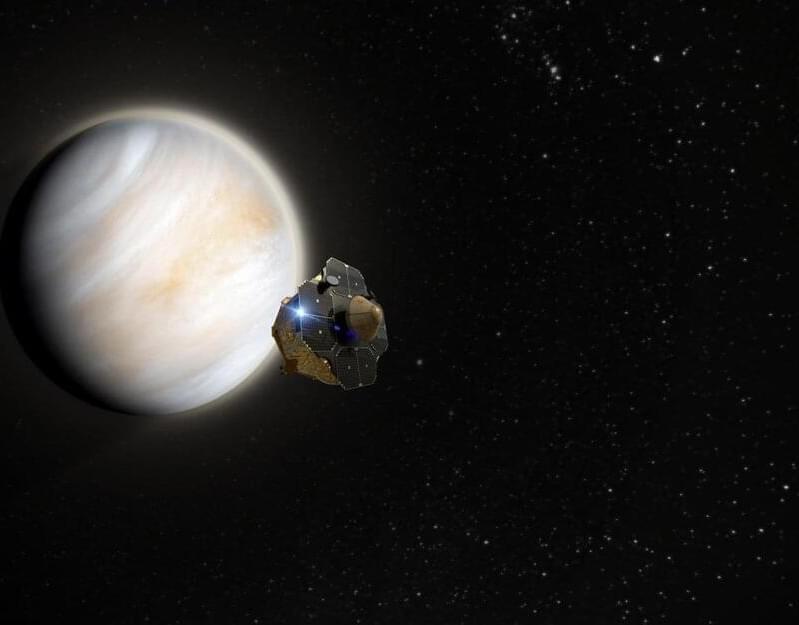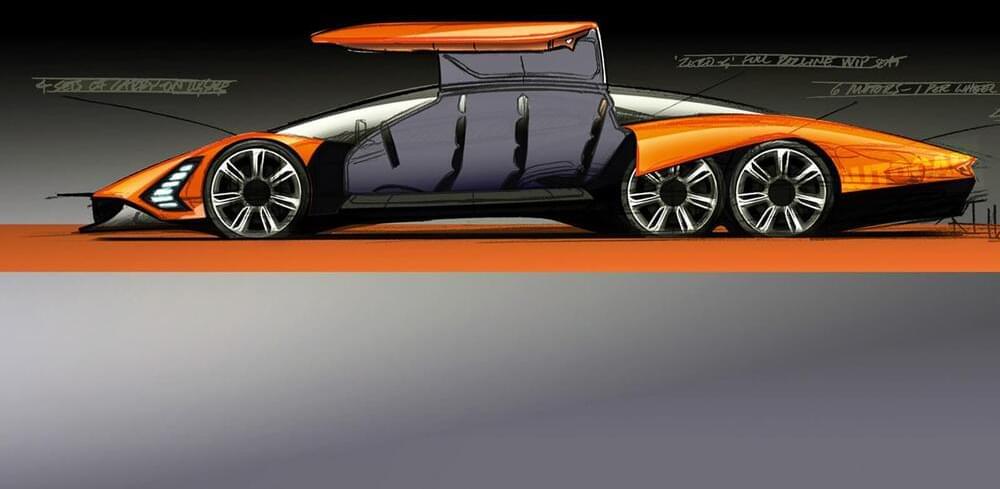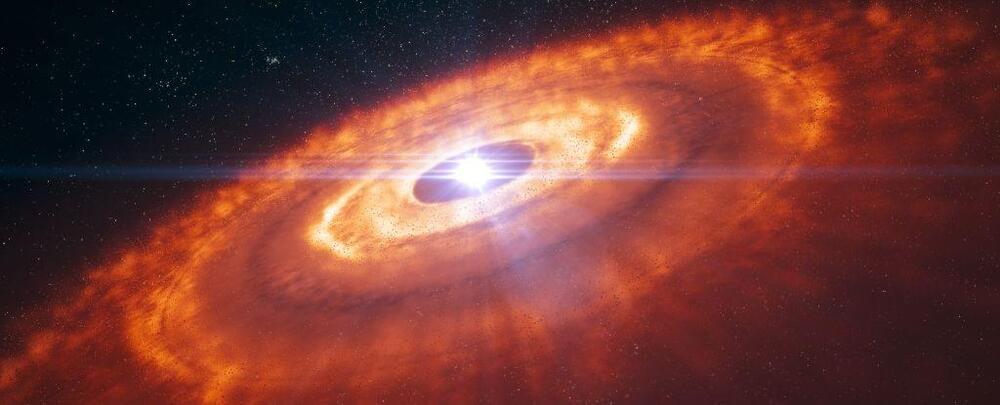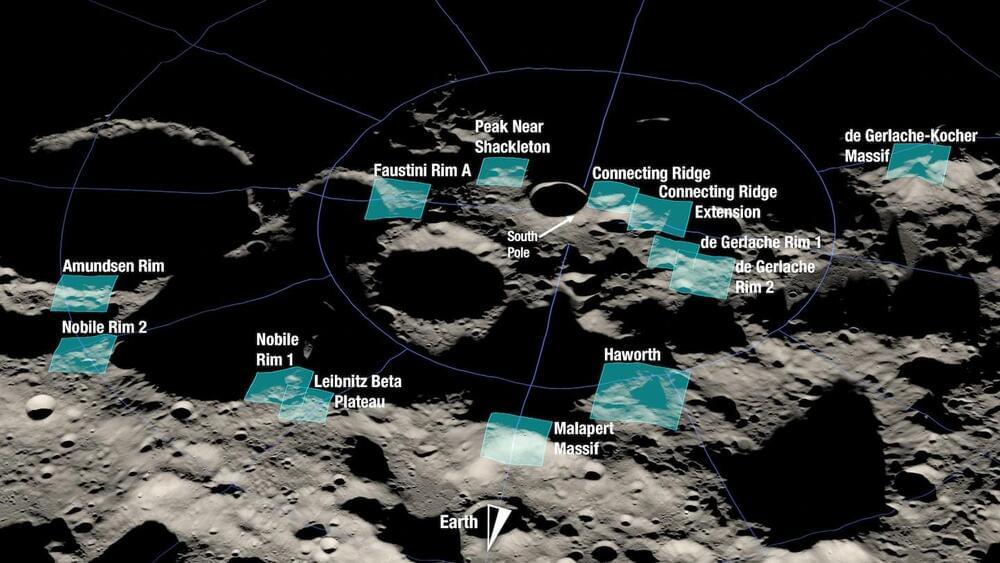Alternate history has never been more entertaining than in the hit Apple TV+ series, “For All Mankind.” The science fiction television show is so popular that it was renewed for a fourth season even before Season 3 ended on August 12, 2022.
Unlike most science fiction, “For All Mankind” re-imagines the past instead of envisioning the future. Starting in the 1960s and running through the 1990s in Season 3, the series is built around the space race that began with the United States and the Soviet Union competing to reach the moon. But in the fantastical world created by “For All Mankind,” things turn out very differently. Here are five fictional realities showing how the series cleverly rewrites history.
